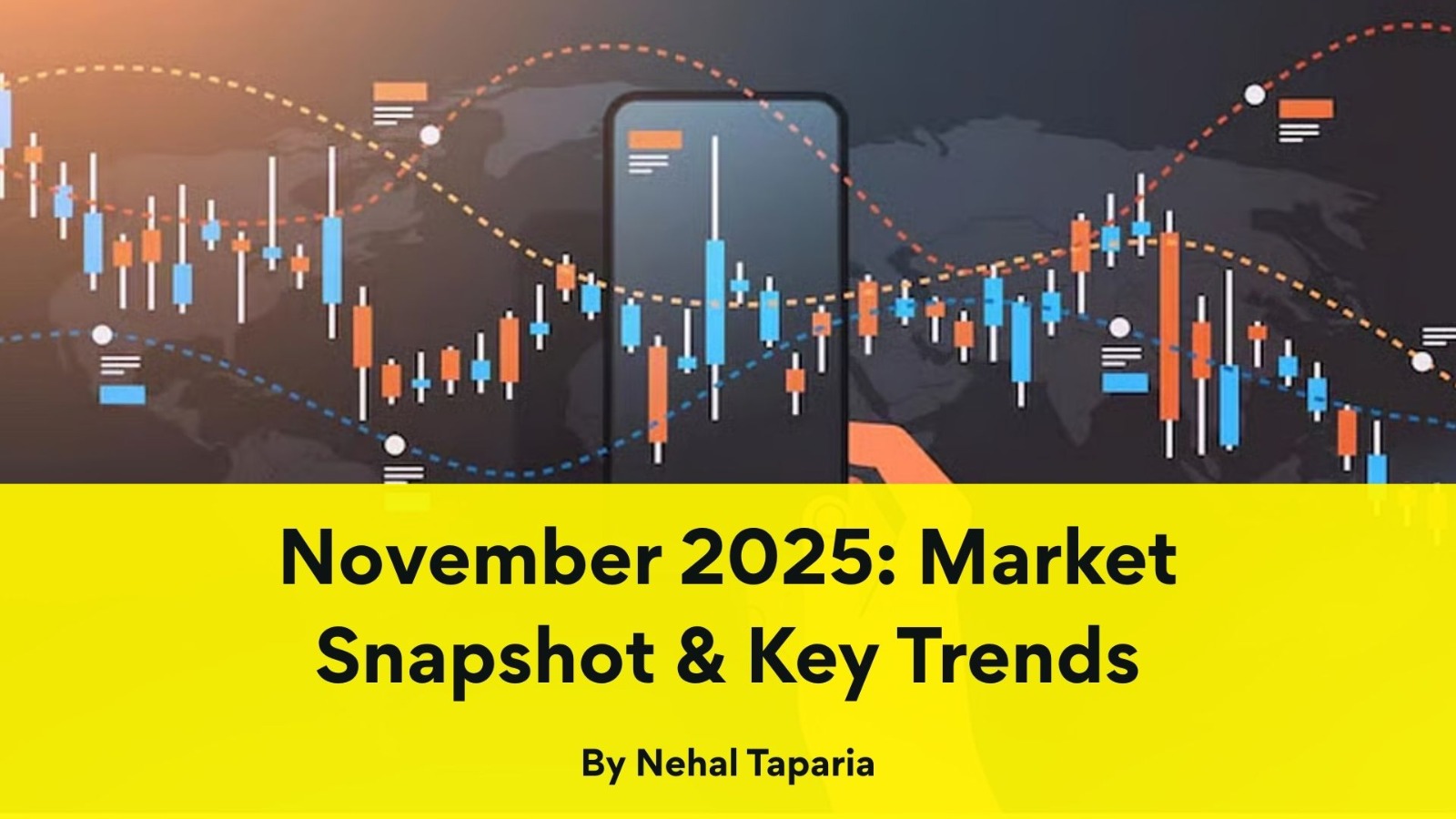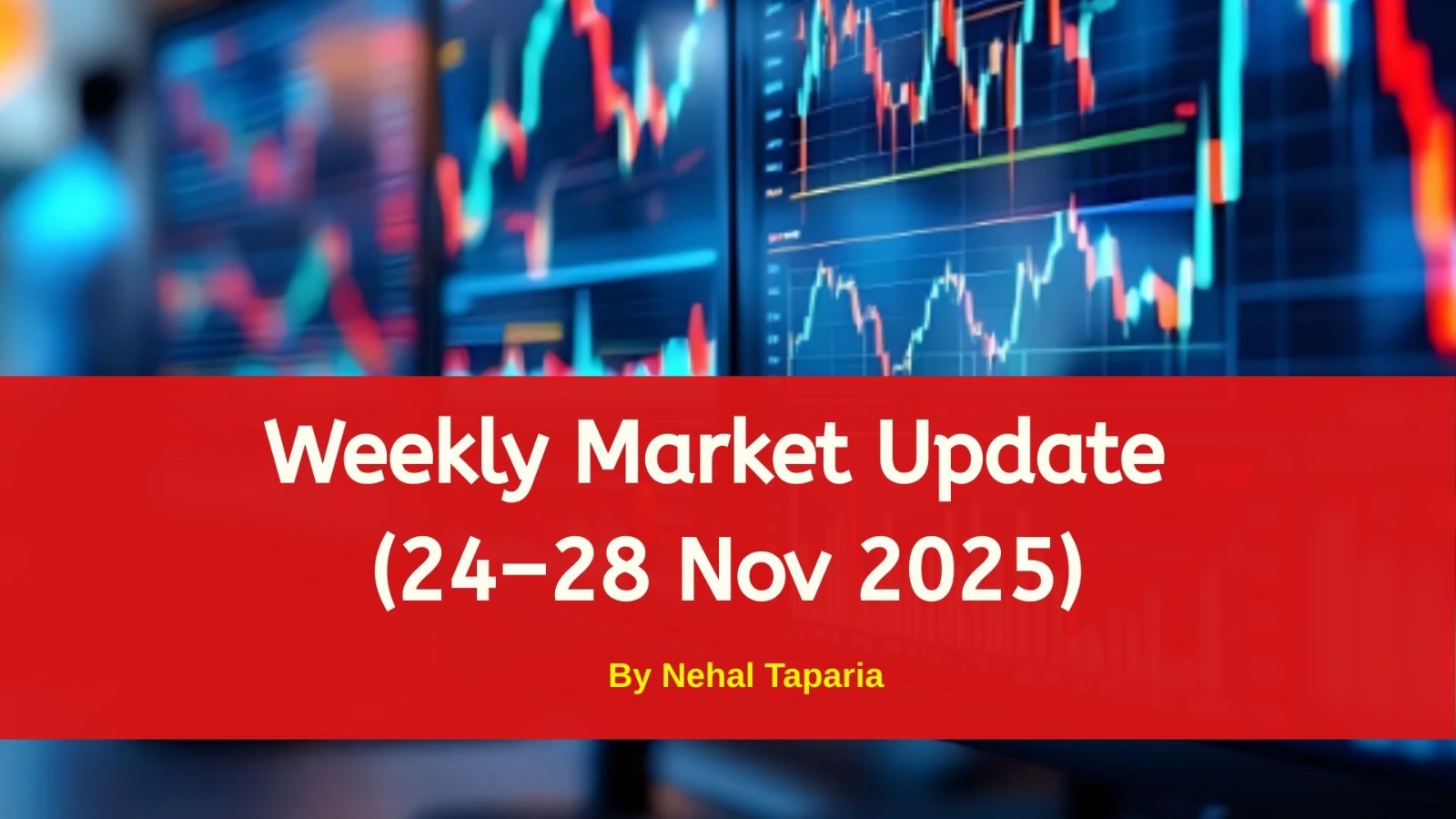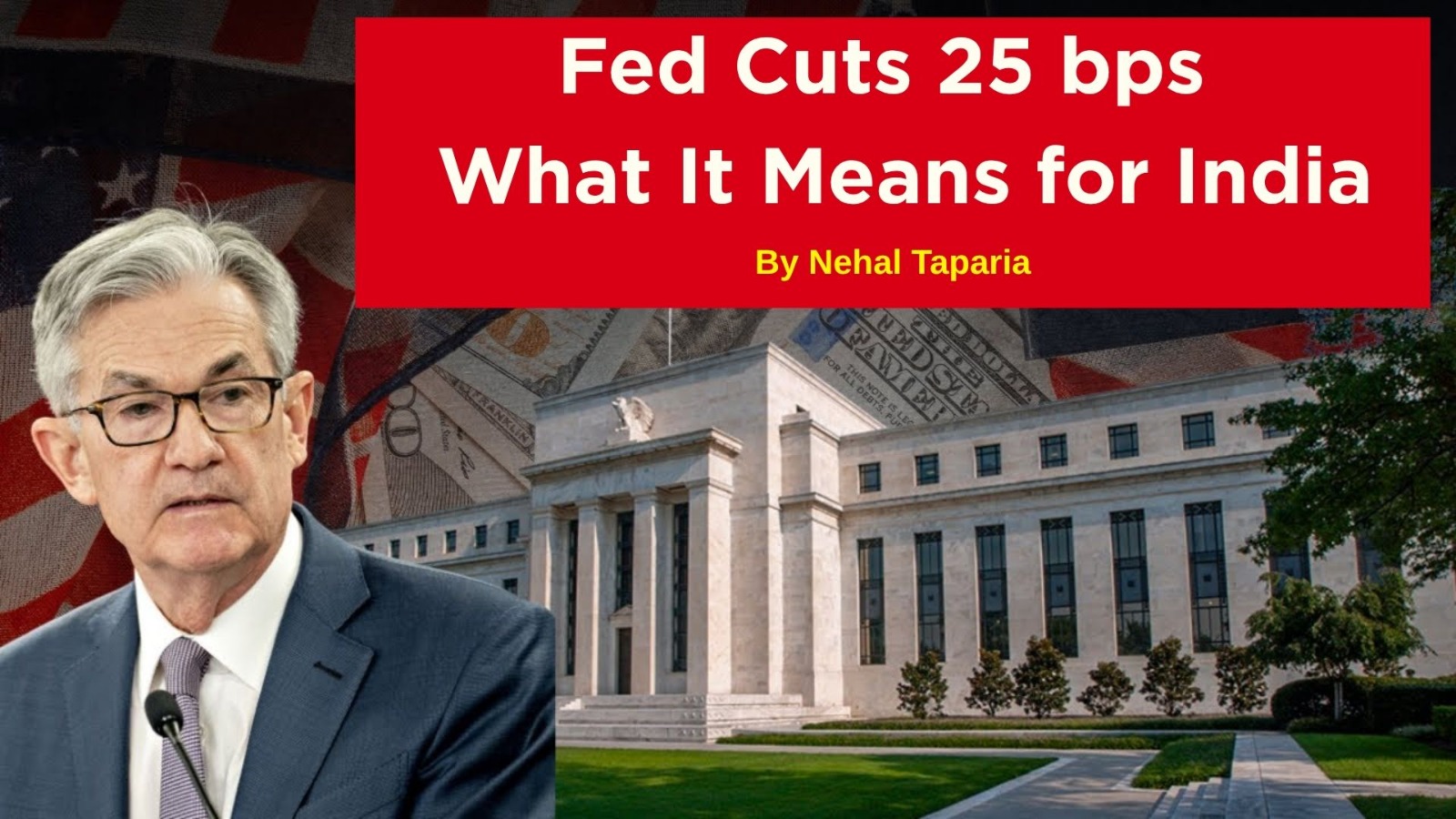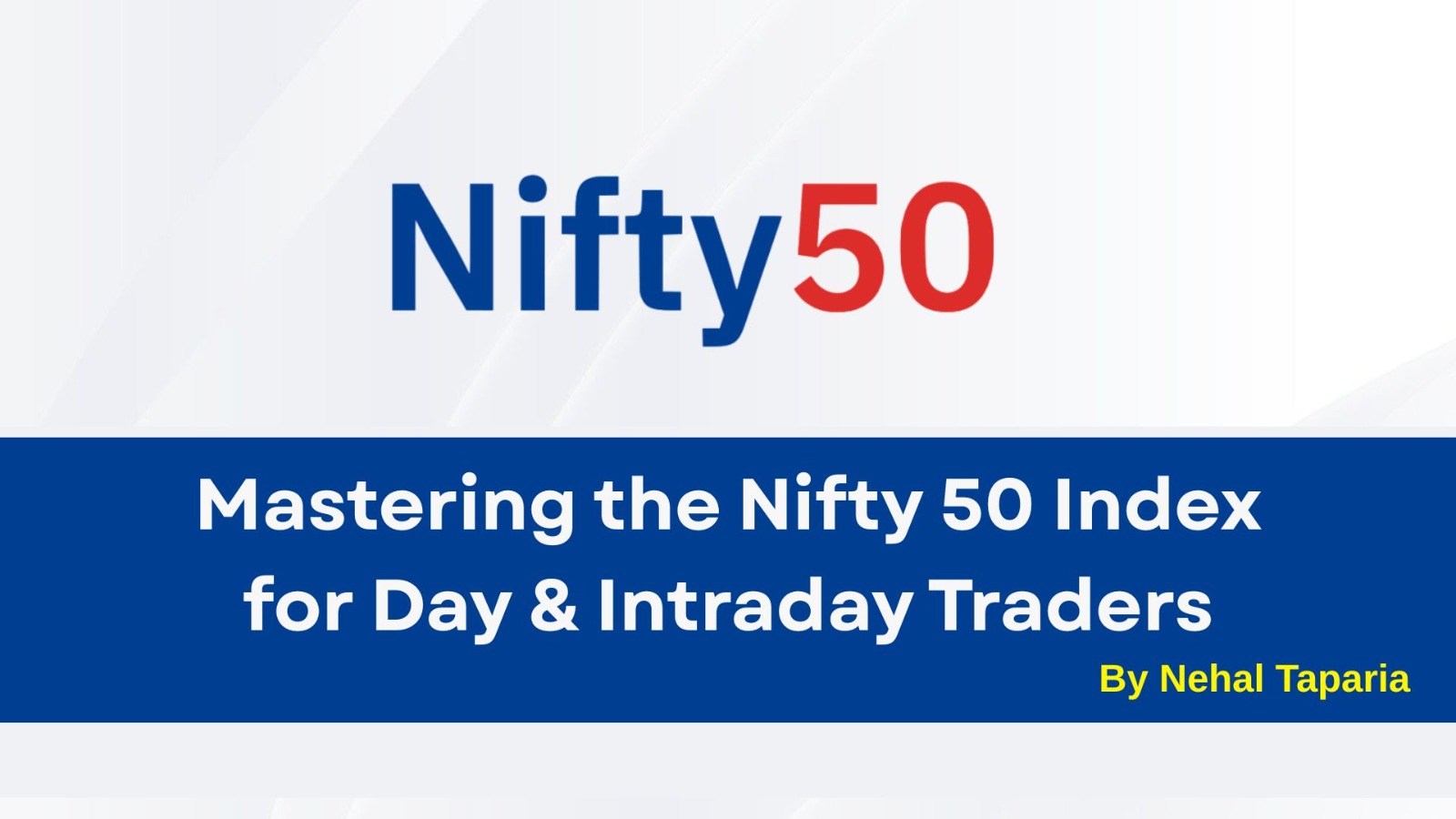Understanding the Flag Pattern in Technical Analysis
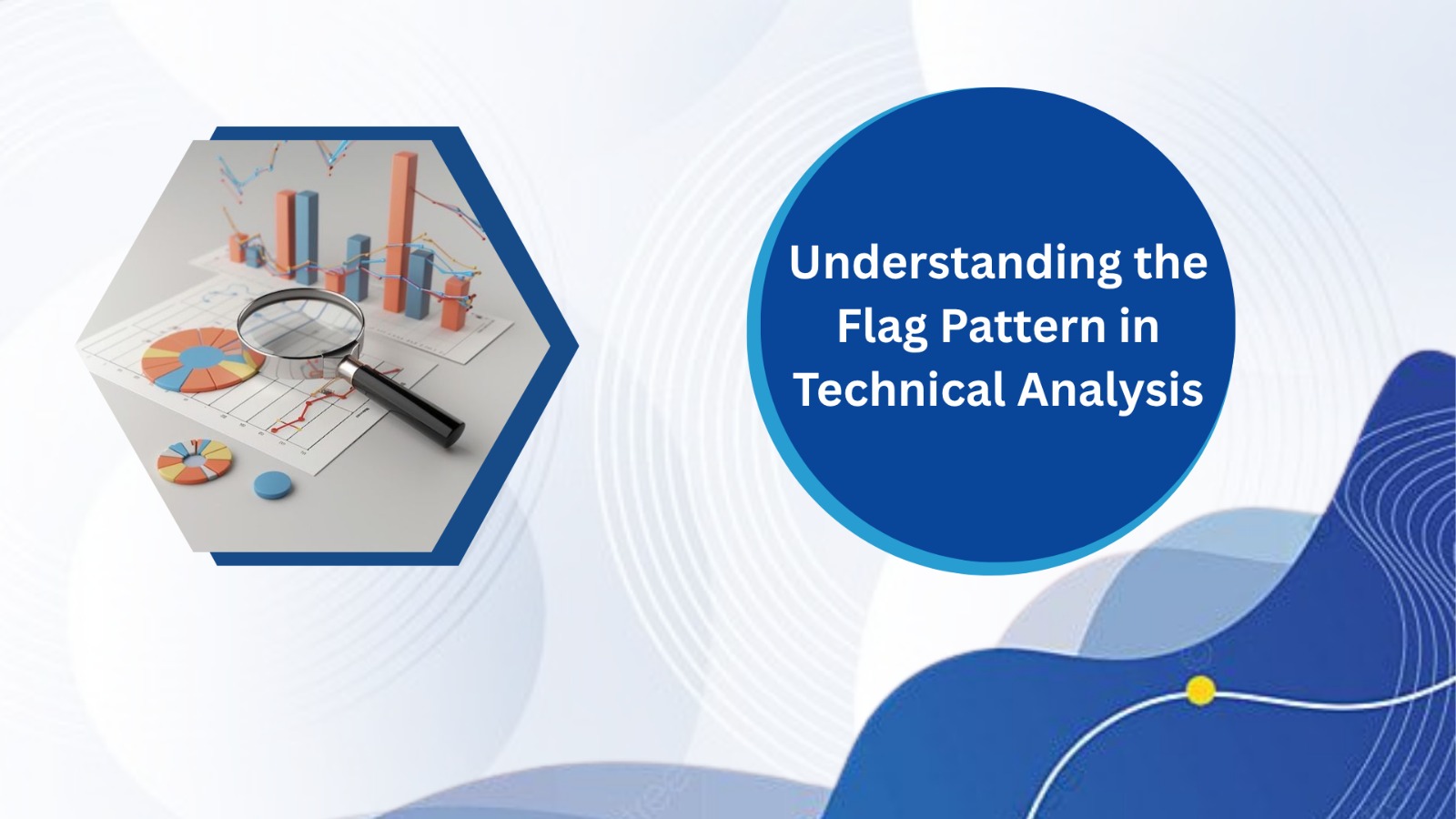
Understanding the Flag Pattern in Technical Analysis
When analyzing stock markets, traders often look for recurring patterns that indicate potential future price movements. One of the widely recognized and reliable patterns is the Flag Pattern. It's a continuation pattern that signals a brief consolidation before the previous trend resumes. Let’s dive deep into what a Flag Pattern is, how to identify it, and what recent NIFTY movements suggest using this concept.
What is a Flag Pattern?
A Flag Pattern typically appears after a strong price movement, known as the flagpole, followed by a consolidation phase that resembles a flag on the chart — either sloping downwards, upwards, or moving sideways. This formation indicates a temporary pause in the market before the previous trend continues.
The pattern is named after its visual similarity to a flag on a pole:
- The Flagpole represents the initial strong price move.
- The Flag represents a narrow price range where the stock or index consolidates.
Once the price breaks out of the consolidation range in the direction of the initial move, it typically results in another significant move.
NIFTY’s Recent Flag Pattern Example
If we closely examine the NIFTY chart from early April to June, a classic flag pattern formation can be observed:
-
The Flagpole:
-
The upward rally began from 21,743 (NIFTY’s recent low on April 7th) and moved to a high of 25,116. This sharp upward movement created the flagpole.
-
The Flag:
From May 12th onwards, NIFTY consolidated within a narrow range between 25,116 on the upper side and around 24,480 on the lower side. This created a rectangular consolidation or flag structure on the charts.
-
The Attempted Breakout:
On June 10th, the market opened with a gap-up at 25,160, above the upper resistance level of 25,116. However, despite this positive opening, the market couldn’t sustain the higher levels and closed lower, forming a small red candle.
In technical terms, a breakout is considered more reliable when it happens with a strong green candle with a big body and ideally on higher volumes. While the opening hinted at a breakout, the inability to hold those levels meant the breakout was invalidated by the end of the day.
What’s Next for NIFTY?
For this Flag Pattern to complete successfully and signal a fresh upward rally:
- A closing above 25,116 is essential.
- Ideally, the breakout should be accompanied by a large green candle and higher-than-average volumes to confirm the move.
- The expected move after the breakout is usually equal to the length of the flagpole, which in this case would suggest a significant potential upside.
Why Are Flag Patterns Important for Traders?
Flag Patterns are valuable tools because:
- They offer clear entry and exit points.
- They allow traders to ride the continuation of a strong trend after a brief consolidation.
- They are relatively easy to identify on charts, making them accessible for both novice and experienced traders.
Final Word
Technical patterns like the Flag are powerful indicators when used in conjunction with other tools such as volume analysis, momentum indicators, and market sentiment. While no pattern guarantees outcomes, understanding them enhances a trader’s ability to make informed decisions in dynamic markets like the NIFTY.
Disclaimer
This article is purely for educational and informational purposes. It is not intended as investment advice or a recommendation to buy or sell any security, index, or financial
Our Recent FAQS
Frequently Asked Question &
Answers Here
Q1. What is the difference between a Flag Pattern and a Pennant Pattern?
While both are continuation patterns, the Flag Pattern has a rectangular, parallel-sided consolidation phase, whereas a Pennant Pattern has converging trendlines that form a small symmetrical triangle. Both indicate a pause before the prior trend resumes.
Q2. How do you identify a valid breakout in a Flag Pattern?
Q3. Is volume important in a Flag Pattern breakout?
Q4. Can Flag Patterns appear in any time frame?
Q5. How is the price target calculated after a Flag Pattern breakout?
Copyright © By Empirical F&M Academy. Design & Developed by Techno Duniya


.jpg)


.jpeg)
